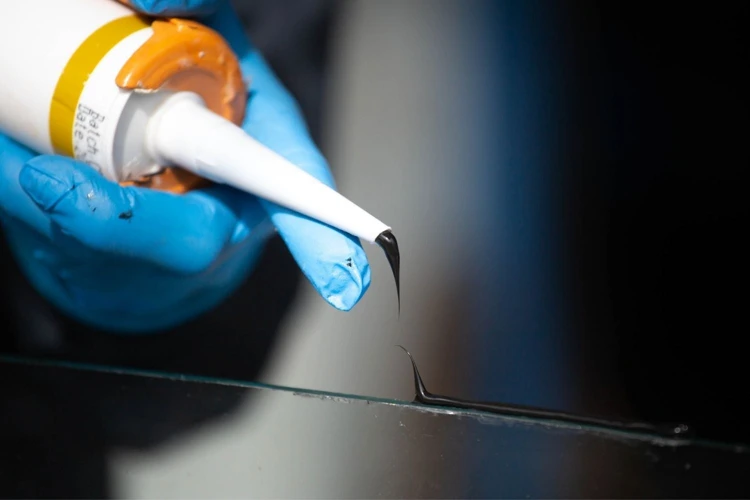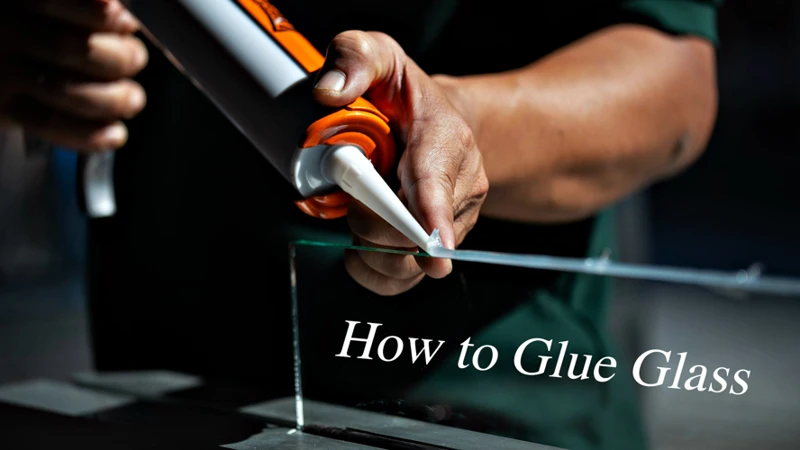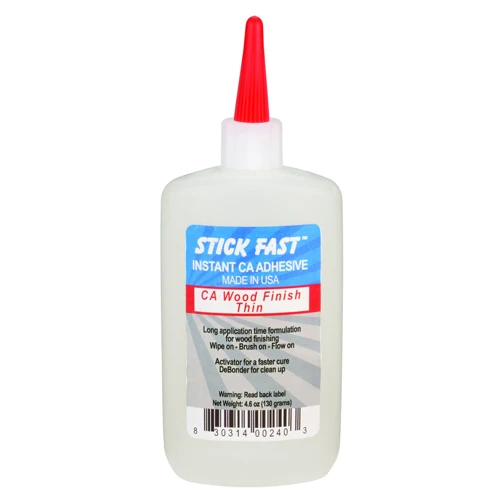When it comes to fusing metal components, the integrity of the bond is paramount. This is where mastering the art of steel adhesive becomes essential. Whether it’s for industrial applications or home repairs, understanding how to use metal glue effectively can save time and ensure durability in your projects.
Importance of Choosing the Right Steel Adhesive
Choosing the correct steel adhesive guide is crucial for the success of any project involving steel bonding techniques. The right adhesive ensures a bond that will withstand stress, environmental factors, and time.
Comparing Steel Bonding Techniques
Different steel bonding techniques offer varied advantages. Understanding the strengths and limitations of each method is key for making an informed decision on which to use for your specific application.
Understanding Bonding Metal to Metal
Bonding metal to metal is a unique challenge due to the material’s properties. The right preparation and adhesive choice can make all the difference in the longevity and strength of the bond.
Why Special Glue Is Needed for Steel
Steel, being a hard and non-porous material, requires a strong adhesive for steel that can handle its expansion and contraction, as well as resist environmental factors.
Metal to Metal Adhesive vs. Welding and Fasteners
While welding and mechanical fasteners have been traditional choices for metal joining, metal to metal adhesive offers a versatile alternative that can provide a cleaner look and distribute stress more evenly across the joint.
Choosing the Best Glue for Steel
The best glue for steel must be selected with the application in mind. Factors such as load-bearing requirements, environmental exposure, and the nature of the materials being bonded are all critical considerations.
Industrial Steel Glue Options
Industrial steel glue is designed for high-strength applications. It’s formulated to resist high temperatures, chemicals, and heavy loads, making it ideal for industrial settings.
Heavy-Duty Steel Bonding Solutions
For projects requiring extra strength, heavy-duty steel bonding solutions are available. These adhesives are engineered to create bonds that can bear significant weight and resist harsh conditions.
How to Use Metal Glue for Steel Bonding
Knowing how to use metal glue effectively can be the difference between a bond that lasts and one that fails. Proper application is critical for success.
Preparing the Steel Surfaces
Before applying the adhesive, it’s essential to prepare the steel surfaces. This typically involves cleaning and roughening the surfaces to enhance the glue’s ability to bond.
Application Techniques for Strong Adhesive for Steel
The application techniques for strong adhesive for steel can greatly impact the strength of the bond. Applying the adhesive evenly and avoiding air bubbles are key steps in the process.
Types of Metal to Metal Adhesive
There are several types of metal to metal adhesive available, each suited for different applications and conditions. Choosing the right one is crucial for the bond’s integrity.
Waterproof Metal Glue Varieties
Waterproof metal glue varieties are essential for outdoor applications or where the bond may be exposed to moisture. These specialized glues prevent water from weakening the bond.
Temperature and Chemical Resistance in Steel Adhesives
Steel adhesives designed to resist extreme temperatures and harsh chemicals are vital for applications in challenging environments, ensuring the bond remains strong despite external factors.
Step-by-Step Process for Steel Bonding
Following a step-by-step process for steel bonding can lead to a more reliable and durable bond. Each stage of the process is important and should be performed with care.
Cleaning and Sanding the Surfaces
- Remove any dirt, grease, or rust from the steel surfaces.
- Sand the surfaces lightly to create a rough texture for better adhesion.
Applying the Adhesive
- Apply the adhesive evenly across the surface.
- Join the steel pieces together, ensuring proper alignment.
Clamping and Curing Time for Strong Bonds
After applying the adhesive, the steel components must be clamped together to ensure a tight bond. The curing time can vary depending on the adhesive used, but it is essential for achieving maximum bond strength.
Expert Tips for Successful Steel Bonding
Even with a good understanding of steel adhesives, some expert tips can help ensure successful steel bonding. These tips often come from years of experience and can help avoid common pitfalls.
Handling and Safety Precautions
When working with adhesives, it’s important to follow handling and safety precautions to prevent accidents and health hazards. This includes using gloves, working in a well-ventilated area, and following the manufacturer’s guidelines.
Troubleshooting Common Adhesive Issues
If you encounter issues with your adhesive bond, troubleshooting common problems can help identify the cause and solution. This might include issues with the adhesive not curing properly or the bond failing under stress.
Recommended Products for Steel Bonding
With numerous products on the market, it can be challenging to choose the right adhesive for your steel bonding needs. Recommendations from industry experts can guide you to high-quality options.
Reviewing the Top-Rated Metal to Metal Adhesives
Top-rated metal to metal adhesives are often recognized for their strength and durability. Reviews from other users can provide insight into how well these products perform in real-world applications.
Specialized Glues for Different Steel Types
Not all steels are the same, and specialized glues may be needed for different steel types. Certain alloys may require a different adhesive formula to achieve an optimal bond.
Conclusion
Bonding steel is a process that requires attention to detail and the right products. With the proper steel adhesive guide, you can achieve bonds that are both strong and durable.
Final Thoughts on Strong Adhesive for Steel
In conclusion, using a strong adhesive for steel is a practical and efficient way to achieve lasting bonds. With careful selection and application, you can ensure the success of your steel bonding projects.
When working on DIY projects or repairs, knowing how to properly bond materials is crucial. If you’re looking to learn about gluing steel, you may also be interested in other related materials and methods. For comprehensive guides on various adhesive applications, check out our tutorials on how to glue metal, which covers a broad range of metal types, our specific guide on how to glue cast iron, and if you’re working on a project that involves masonry, you won’t want to miss our article on how to glue bricks. These resources will help ensure your projects hold together strong and last long!
Further Resources and Guides
For those looking to deepen their knowledge of steel adhesives, further resources and guides are available. These can provide more detailed information and tips for specific applications and challenges.






